Home>Maintenance & Safety>Pest Control Solutions>What Time Do Yellow Jackets Sleep
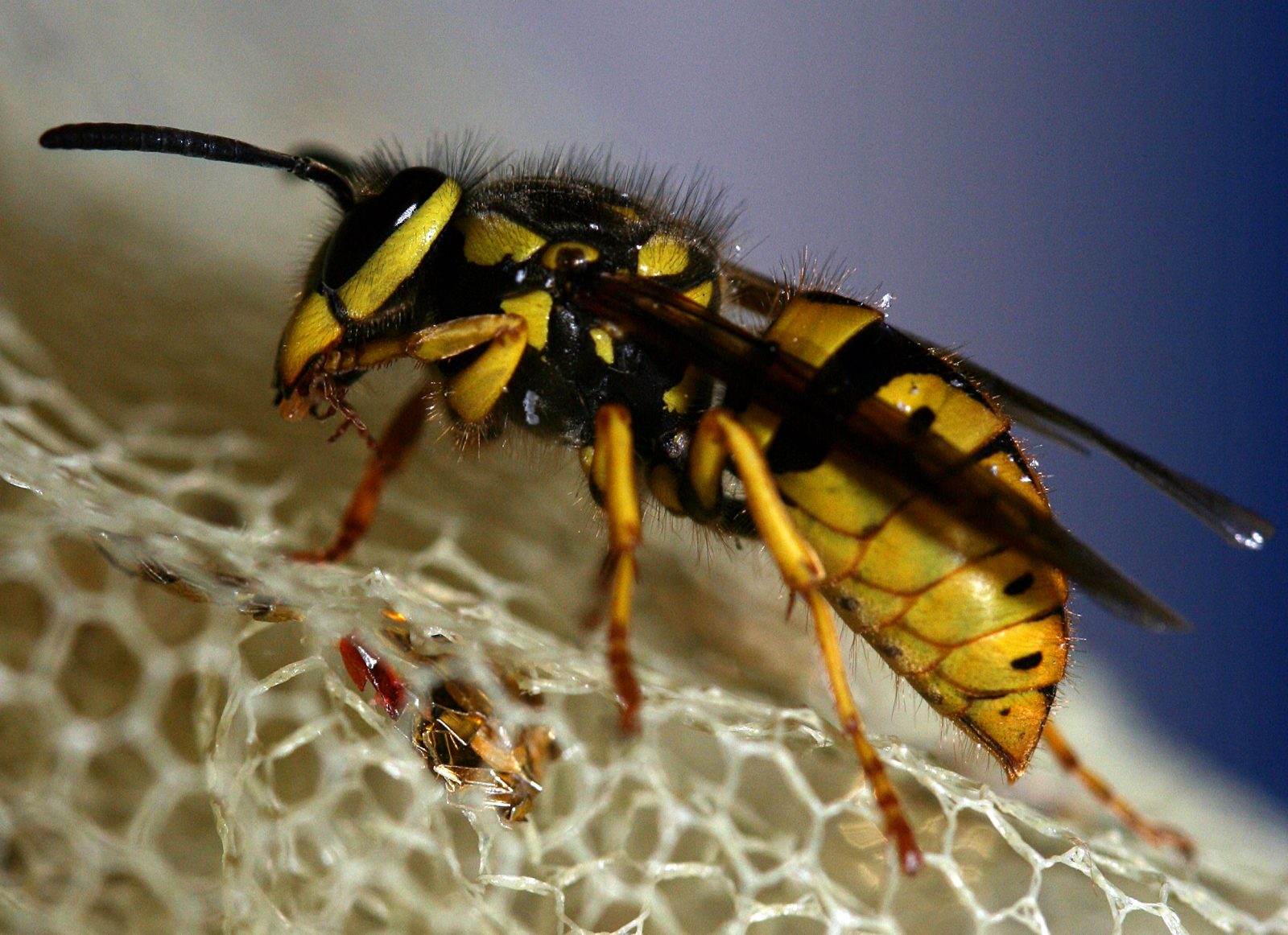

Pest Control Solutions
What Time Do Yellow Jackets Sleep
Modified: October 19, 2024
Discover effective pest control solutions and learn about the sleeping habits of yellow jackets. Find out what time yellow jackets sleep and how to keep them away.
(Many of the links in this article redirect to a specific reviewed product. Your purchase of these products through affiliate links helps to generate commission for Storables.com, at no extra cost. Learn more)
Introduction
Yellow jackets, known for their distinctive yellow and black markings, are a common sight during the warmer months. These buzzing insects are often associated with picnics, outdoor gatherings, and the occasional unwelcome encounter. While their presence can be disruptive, understanding their behavior, including their sleep patterns, is crucial for effective pest control and coexistence.
Yellow jackets, scientifically classified as Vespula and Dolichovespula, are social insects that live in colonies. These colonies are typically established in underground burrows, hollow trees, or man-made structures. Each colony consists of a queen, workers, and males, each with specific roles and responsibilities. As with other social insects, such as bees and ants, yellow jackets exhibit complex behaviors and have distinct daily routines, including periods of rest and sleep.
In this article, we will delve into the intriguing world of yellow jackets' sleep patterns, exploring the factors that influence their rest, and highlighting the importance of understanding their sleep schedule for effective pest management. By gaining insights into the sleeping habits of these fascinating insects, we can develop strategies to minimize human-wasp conflicts and foster a harmonious cohabitation with these vital members of the ecosystem.
Key Takeaways:
- Yellow jackets sleep at night, and it’s important to understand their sleep patterns for safe pest control. By knowing when they rest, we can avoid disturbing them and minimize conflicts.
- Factors like environmental conditions, colony needs, and disturbances affect yellow jackets’ sleep. Understanding these factors helps us develop smart strategies for pest management and coexistence.
Read more: What Time Of Year Do Yellow Jackets Die
Yellow Jackets' Sleep Patterns
Yellow jackets, like many other insects, have distinct sleep patterns that are influenced by various factors. Understanding these patterns is essential for effective pest control and minimizing human-wasp conflicts.
Yellow jackets are diurnal insects, meaning they are primarily active during the day and rest at night. Their sleep patterns are closely tied to their daily activities, such as foraging for food, caring for the colony, and defending their nest. As the day transitions into night, yellow jackets exhibit a noticeable decrease in activity, eventually settling into a state of rest.
The sleep patterns of yellow jackets are regulated by their circadian rhythms, which are internal biological clocks that synchronize their behavior with the natural cycles of day and night. These rhythms dictate when the insects are most active and when they enter periods of rest.
Typically, yellow jackets begin to wind down their activities in the late afternoon and early evening, returning to their nest to prepare for the night. As darkness falls, the colony becomes increasingly quiet, with most of the workers and the queen entering a state of sleep. During this time, the yellow jackets are less responsive to external stimuli and are less likely to engage in foraging or defensive behaviors.
The duration of yellow jackets' sleep varies depending on environmental conditions, colony needs, and the availability of food sources. In general, their sleep periods align with the hours of darkness, with the insects awakening as dawn approaches. This synchronization with the natural light-dark cycle ensures that the colony's activities are coordinated with the prevailing environmental conditions.
It's important to note that the sleep patterns of yellow jackets can be disrupted by disturbances such as loud noises, vibrations, or sudden changes in light. These disruptions can lead to heightened agitation and defensive behaviors, posing a risk to humans and pets in the vicinity of the nest.
By gaining insights into the sleep patterns of yellow jackets, pest control experts and homeowners can develop strategies to minimize interactions with these insects during their active periods and implement targeted interventions to manage their presence effectively. Understanding when yellow jackets are most likely to be in a state of rest allows for safer and more efficient pest management approaches, reducing the likelihood of stings and conflicts with these valuable yet potentially troublesome insects.
Factors Affecting Yellow Jackets' Sleep
Several factors influence the sleep patterns of yellow jackets, impacting the duration and quality of their rest. Understanding these factors is crucial for developing effective pest management strategies and minimizing human-wasp conflicts.
-
Environmental Conditions: The prevailing environmental conditions, including temperature, humidity, and light levels, play a significant role in regulating the sleep patterns of yellow jackets. As diurnal insects, they are sensitive to changes in natural light, with the onset of darkness signaling the transition to a state of rest. Additionally, extreme temperatures or adverse weather conditions can affect their ability to sleep peacefully, potentially leading to disturbances within the colony.
-
Colony Needs: The internal dynamics of the yellow jacket colony can influence the sleep patterns of the insects. The presence of developing brood, the queen's reproductive activities, and the overall health of the colony can impact the rest periods of the workers and the queen. For instance, the demands of caring for the brood and maintaining the nest structure may require the workers to adjust their sleep patterns to fulfill their responsibilities within the colony.
-
Foraging Opportunities: The availability of food sources and the success of foraging expeditions can influence the sleep patterns of yellow jackets. A scarcity of food may prompt the insects to extend their foraging activities into the evening hours, potentially delaying the onset of their sleep. Conversely, abundant food sources may allow the insects to conclude their foraging earlier, facilitating a timely transition to rest.
-
Disturbances and Threats: External disturbances, such as loud noises, vibrations, or perceived threats, can disrupt the sleep of yellow jackets. These disturbances can trigger defensive behaviors and agitation within the colony, leading to heightened alertness and reduced rest for the insects. Human activities, including proximity to the nest or inadvertent disturbances, can inadvertently impact the sleep patterns of yellow jackets, potentially increasing the risk of conflicts.
-
Biological Imperatives: The biological imperatives of the yellow jacket colony, including the need to maintain the nest, care for the brood, and ensure the reproductive success of the queen, can influence the sleep patterns of the insects. These essential tasks may require the workers to adjust their rest periods, ensuring that the collective needs of the colony are met.
By considering these factors, pest control experts and homeowners can gain valuable insights into the sleep patterns of yellow jackets, enabling them to develop targeted and informed approaches to managing the presence of these insects. Recognizing the interplay of environmental, biological, and behavioral factors that affect the sleep of yellow jackets is essential for fostering coexistence and implementing effective pest control measures.
Yellow jackets are most active during the day and sleep at night. They typically return to their nest at dusk and remain inactive until the next morning. Avoid disturbing their nests during the evening and early morning hours.
Importance of Understanding Yellow Jackets' Sleep Schedule
Understanding the sleep schedule of yellow jackets holds significant importance in the realm of pest control and human-wasp interactions. By gaining insights into the sleep patterns of these insects, pest management professionals and homeowners can develop proactive strategies to minimize conflicts and ensure the safety of both humans and yellow jackets.
First and foremost, comprehending the sleep schedule of yellow jackets allows for the implementation of targeted pest management approaches. By knowing when these insects are most likely to be in a state of rest, individuals can plan interventions, such as nest removal or relocation, during periods when the risk of encountering aggressive behavior is minimized. This strategic timing not only enhances the safety of pest control operations but also reduces the likelihood of provoking defensive responses from the yellow jackets, thereby mitigating the risk of stings and related incidents.
Furthermore, understanding the sleep patterns of yellow jackets facilitates the development of preventive measures to minimize human-wasp conflicts. By recognizing the times when yellow jackets are most active and likely to forage for food, individuals can adjust outdoor activities and implement protective measures to reduce the chances of accidental encounters. This proactive approach promotes coexistence, allowing humans and yellow jackets to share common spaces with minimal disruption and risk.
In addition, knowledge of yellow jackets' sleep schedule enables homeowners to take proactive steps to safeguard their properties and outdoor spaces. By understanding when the insects are most likely to be in a state of rest, individuals can schedule outdoor maintenance activities, such as lawn mowing or landscaping, to minimize disturbances near yellow jacket nesting sites. This consideration not only reduces the likelihood of provoking defensive behaviors but also contributes to a harmonious cohabitation with these valuable yet potentially troublesome insects.
Moreover, understanding the sleep patterns of yellow jackets contributes to the development of educational initiatives aimed at raising awareness about these insects and promoting safe practices. By sharing information about the daily rhythms and behaviors of yellow jackets, individuals can learn to coexist with these insects more effectively, fostering a greater understanding of their ecological roles and minimizing unnecessary fear or hostility towards them.
Ultimately, by understanding the sleep schedule of yellow jackets, individuals and pest control professionals can develop informed, targeted, and proactive approaches to managing the presence of these insects. This understanding not only enhances safety and reduces conflicts but also promotes a harmonious coexistence with these vital members of the ecosystem.
Conclusion
In conclusion, the sleep patterns of yellow jackets are a fascinating aspect of their behavior that holds significant implications for pest control, human-wasp interactions, and ecological coexistence. By delving into the intricacies of when and how these insects rest, we gain valuable insights that can inform proactive and targeted approaches to managing their presence.
Understanding the circadian rhythms and environmental cues that regulate the sleep patterns of yellow jackets allows for strategic planning of pest management interventions. By timing nest removal or relocation efforts to coincide with periods of reduced activity, the risk of provoking defensive behaviors and stinging incidents can be minimized. This approach not only enhances the safety of pest control operations but also promotes a more harmonious cohabitation with these vital yet potentially troublesome insects.
Moreover, the knowledge of yellow jackets' sleep schedule empowers homeowners and outdoor enthusiasts to take proactive measures to minimize human-wasp conflicts. By adjusting outdoor activities and implementing protective measures during peak foraging times, the likelihood of accidental encounters and disturbances near nesting sites can be reduced. This proactive stance fosters a safer and more respectful coexistence, allowing humans and yellow jackets to share common spaces with minimal disruption and risk.
Furthermore, the understanding of yellow jackets' sleep patterns contributes to the development of educational initiatives aimed at dispelling misconceptions and fostering appreciation for these insects' ecological roles. By sharing information about their daily rhythms and behaviors, individuals can learn to coexist with these insects more effectively, promoting a greater understanding of their significance in the ecosystem and minimizing unwarranted fear or hostility.
In essence, the significance of understanding yellow jackets' sleep schedule extends beyond mere curiosity, encompassing practical implications for pest management, safety, and ecological awareness. By recognizing and respecting the natural rhythms of these insects, we can cultivate a more harmonious coexistence, where humans and yellow jackets share the environment with mutual respect and minimal conflict.
Frequently Asked Questions about What Time Do Yellow Jackets Sleep
Was this page helpful?
At Storables.com, we guarantee accurate and reliable information. Our content, validated by Expert Board Contributors, is crafted following stringent Editorial Policies. We're committed to providing you with well-researched, expert-backed insights for all your informational needs.
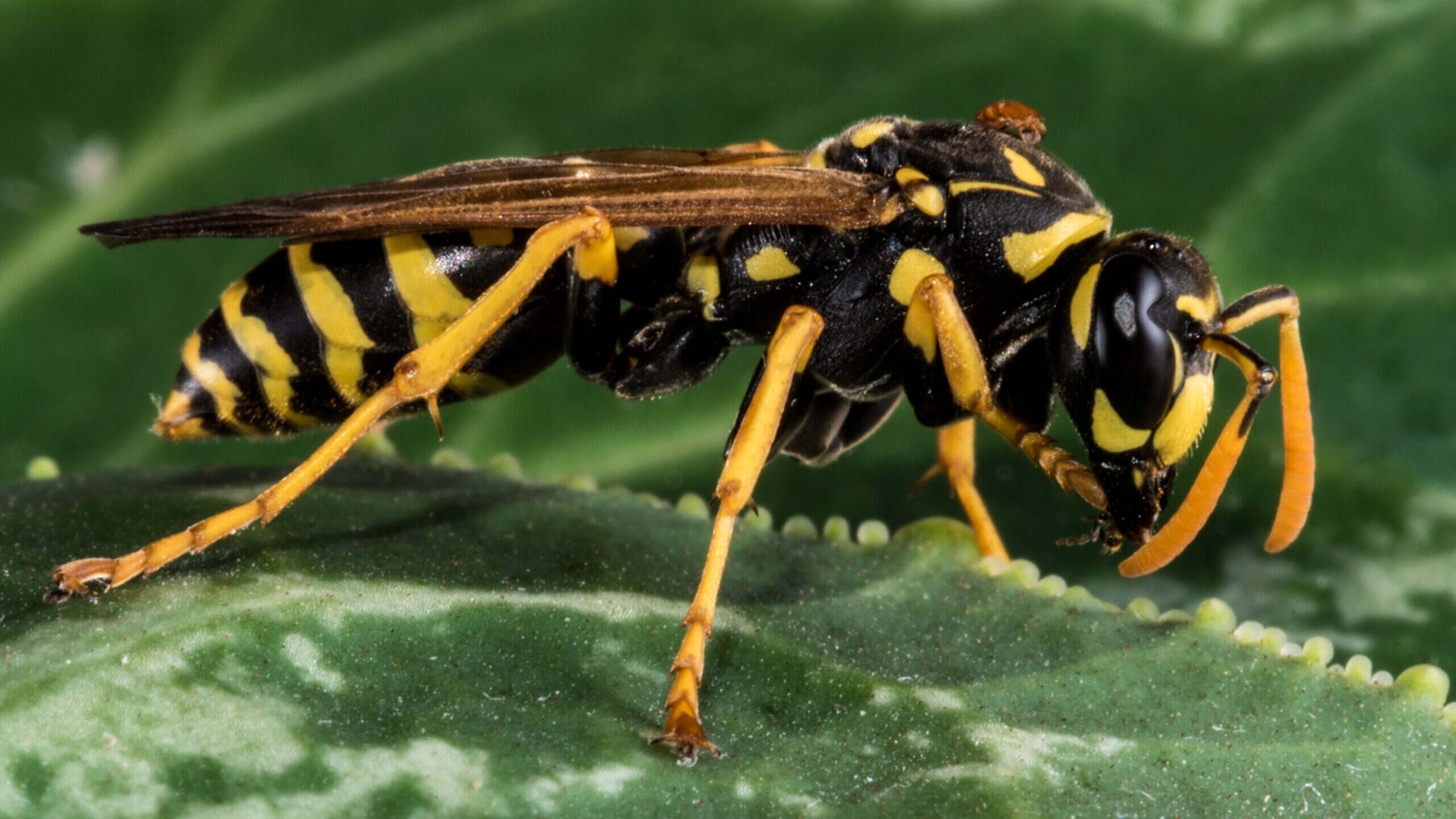
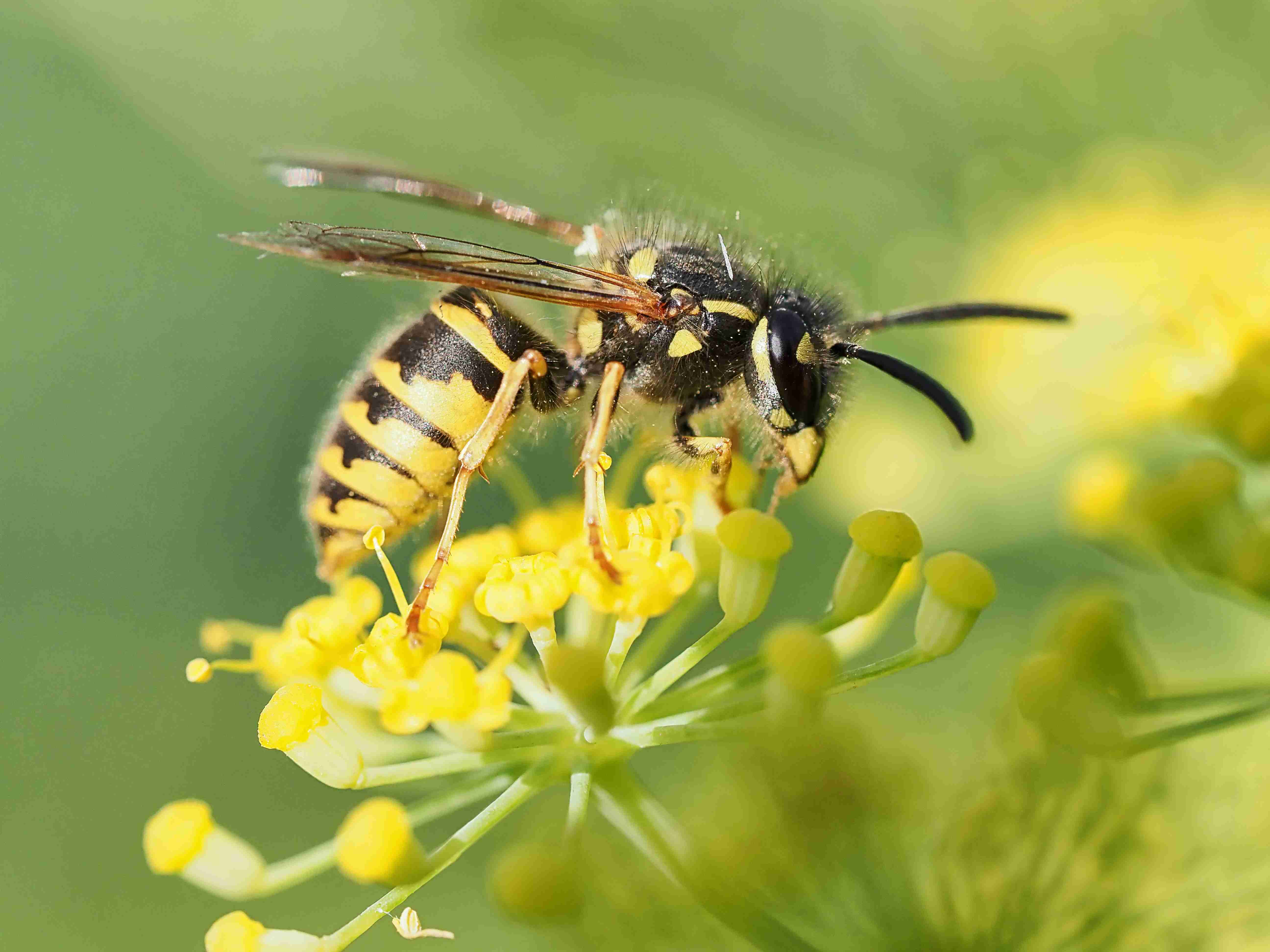
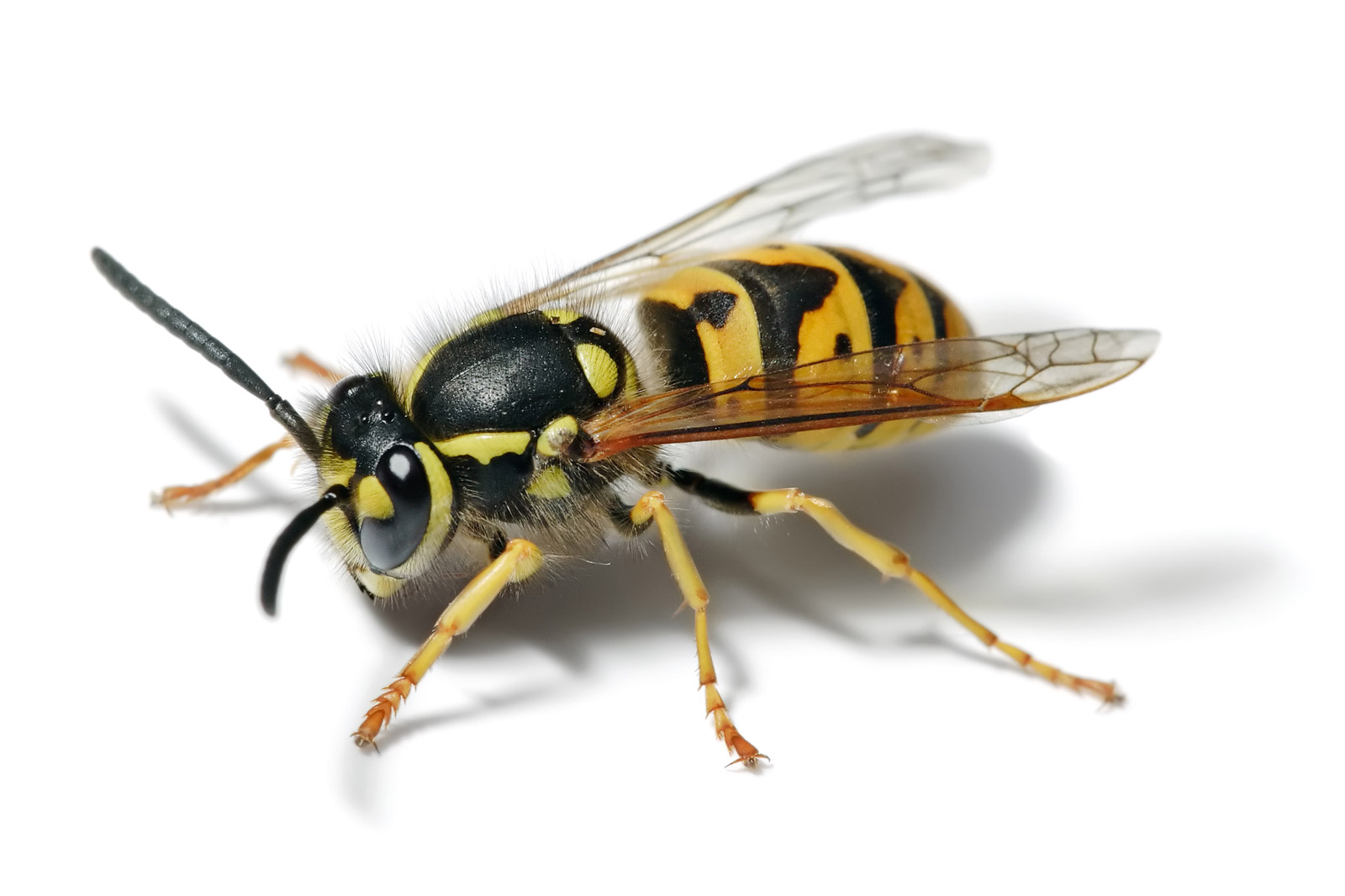
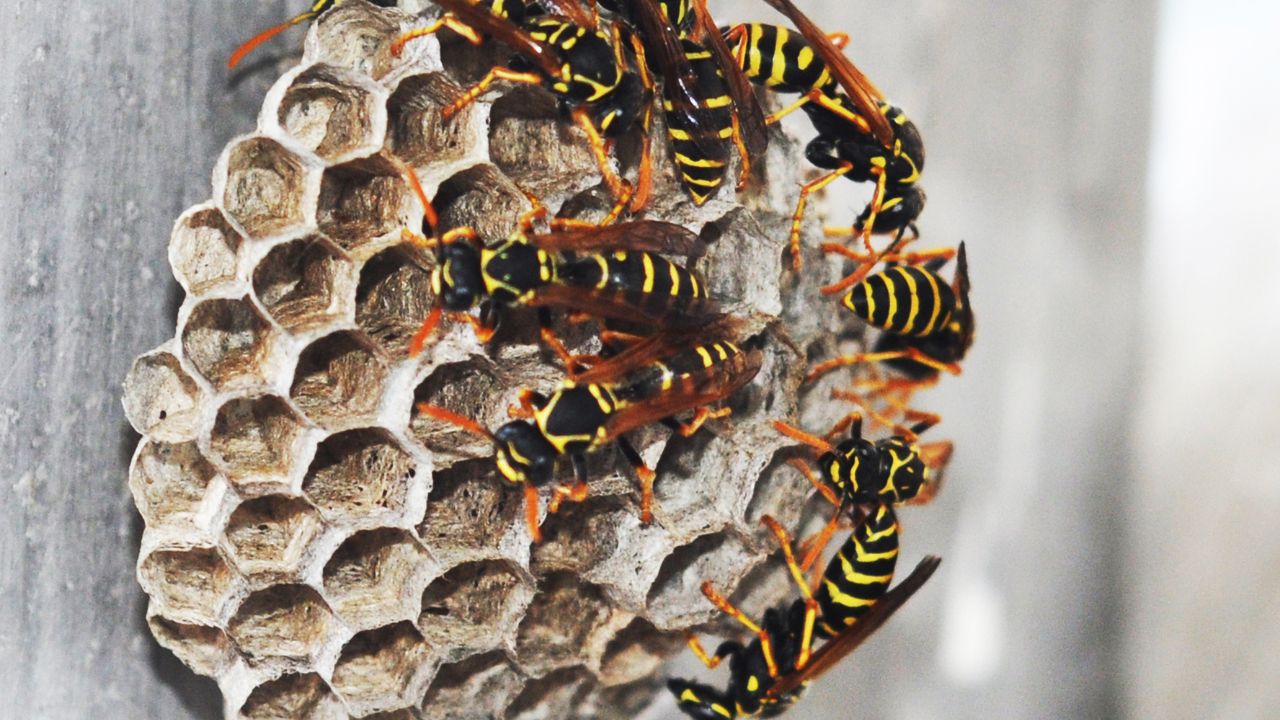
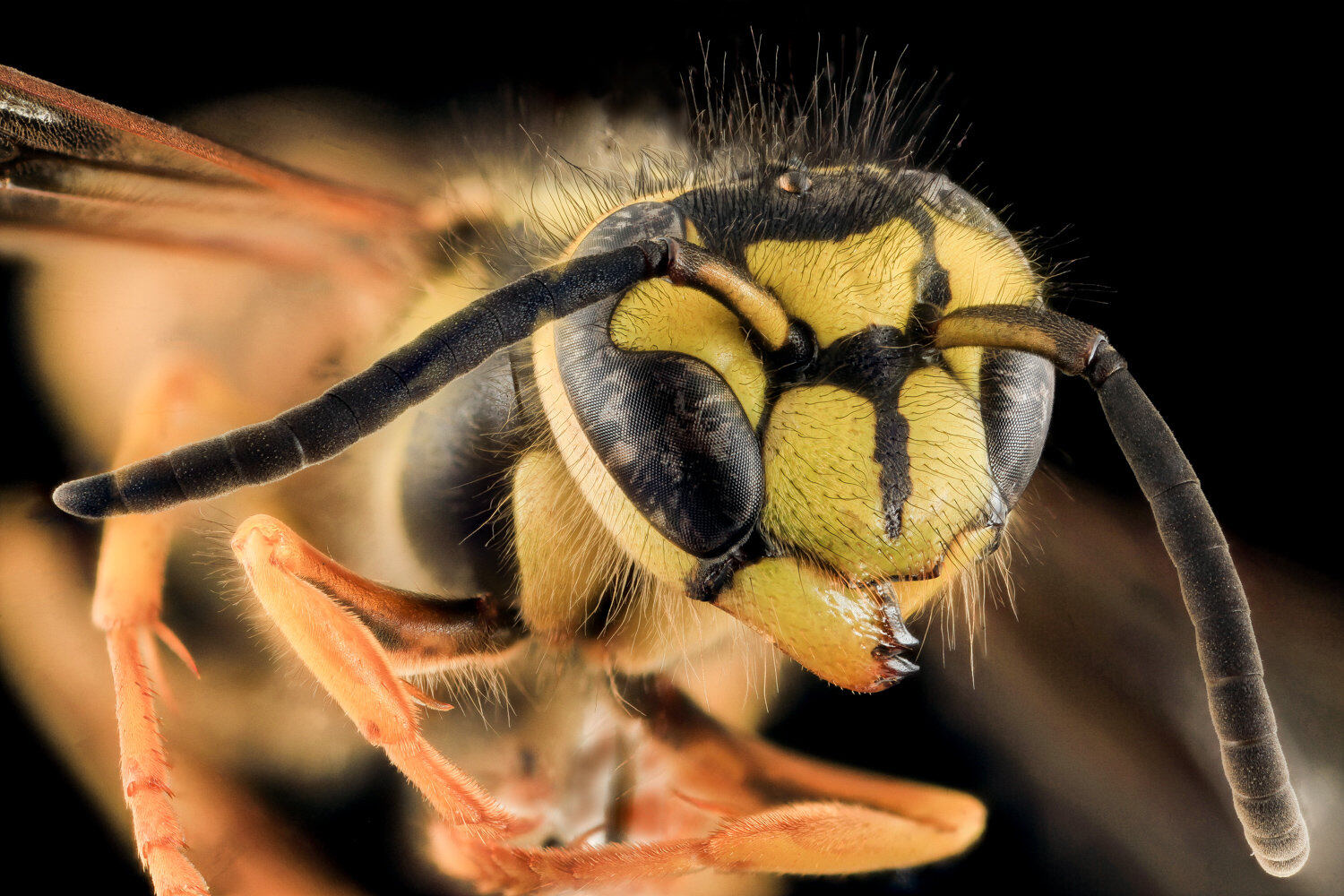
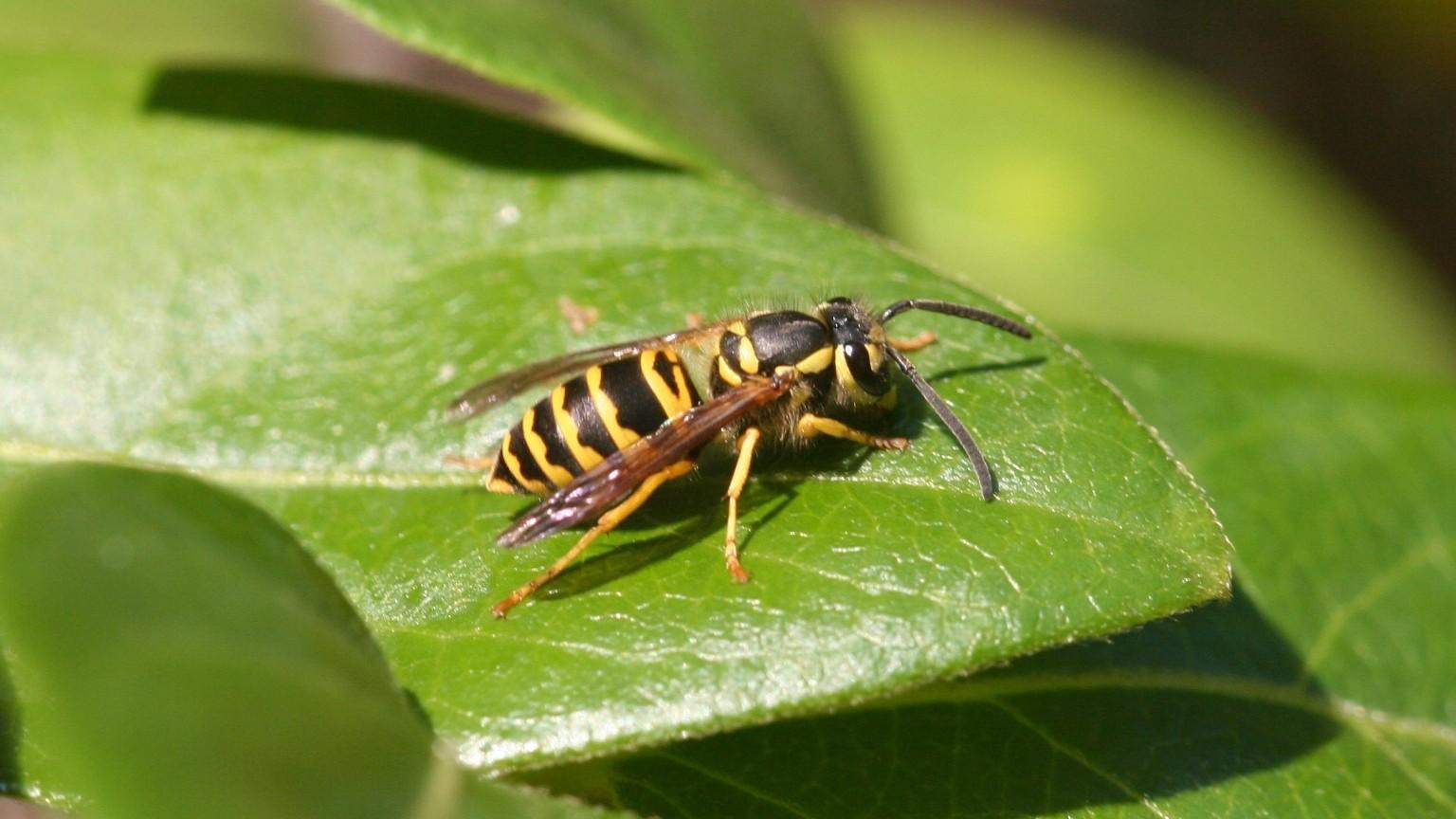
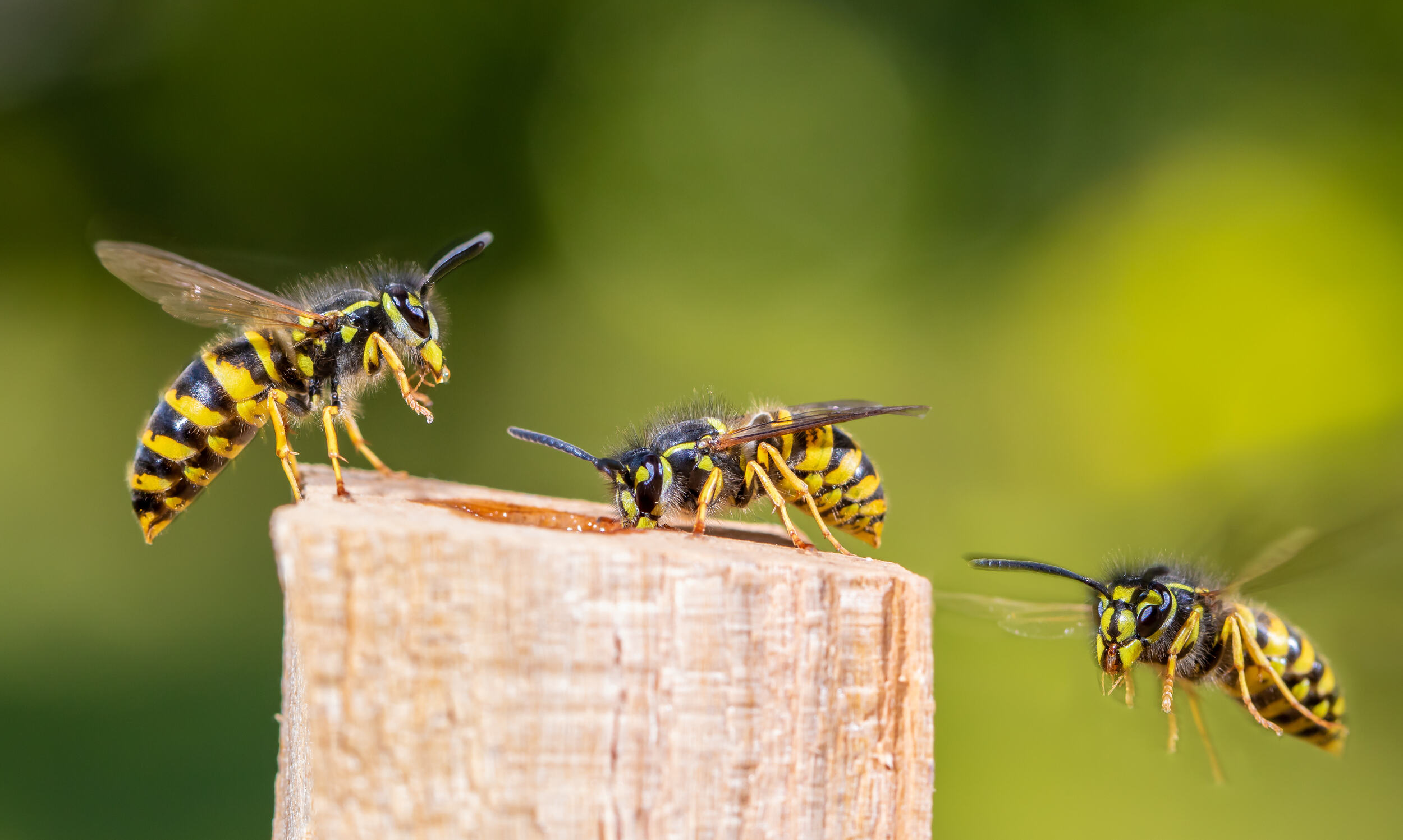
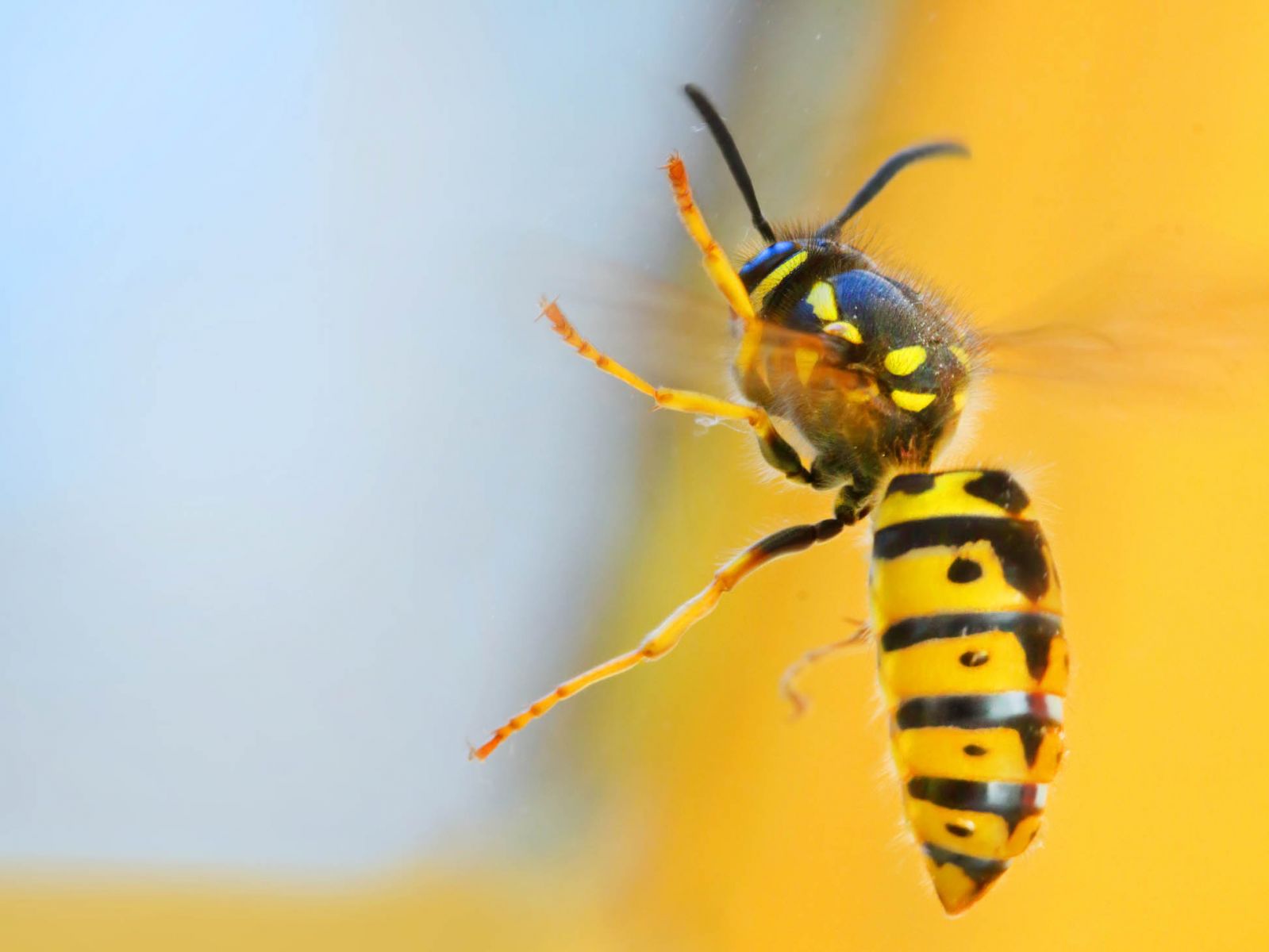
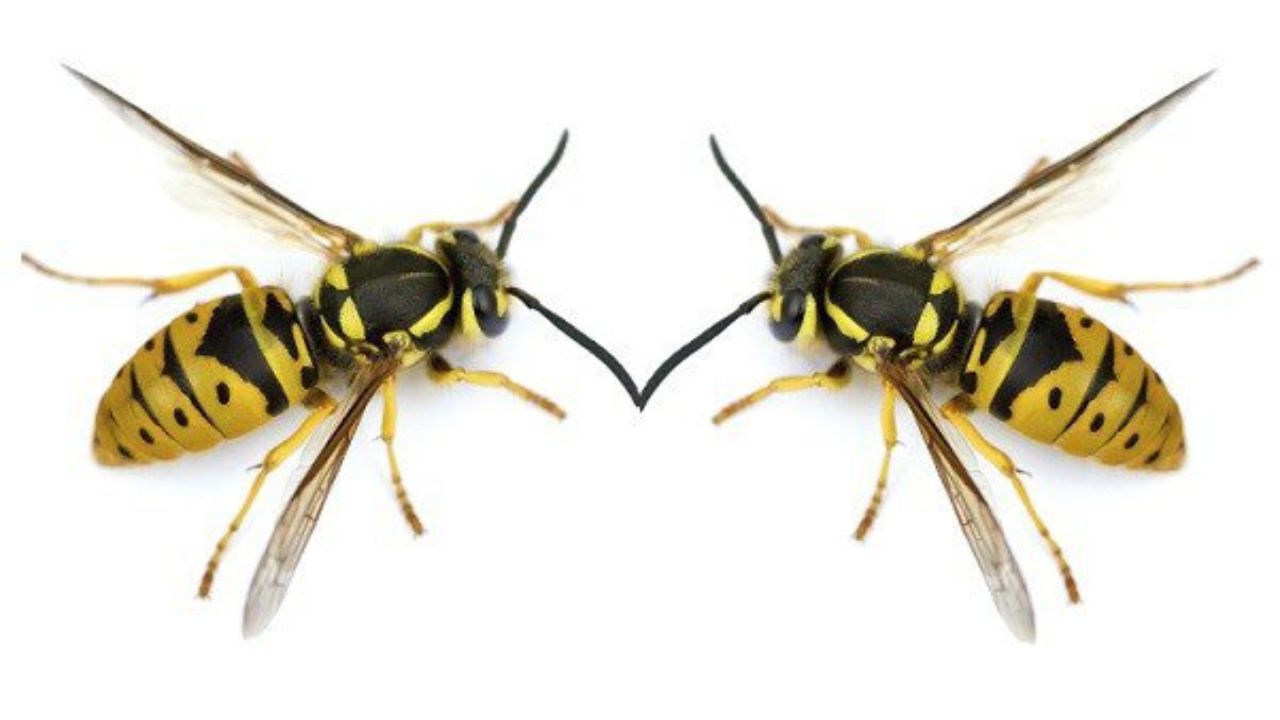
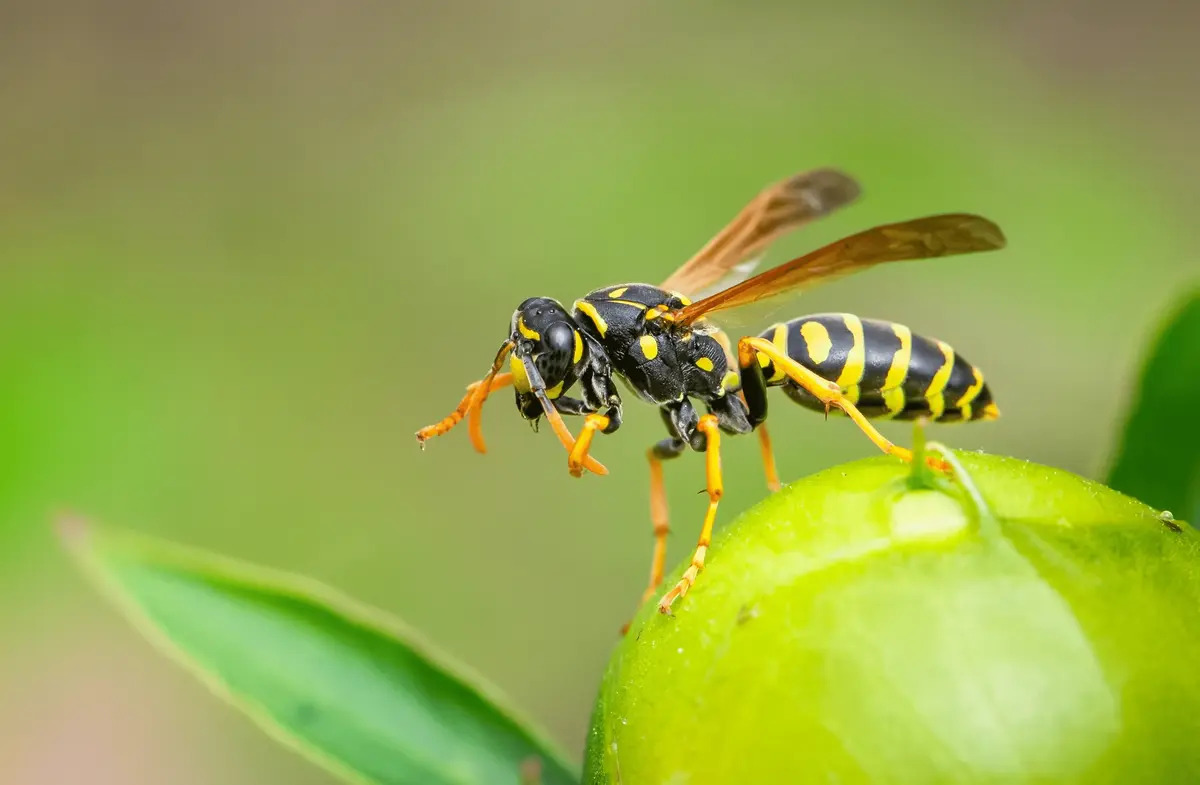
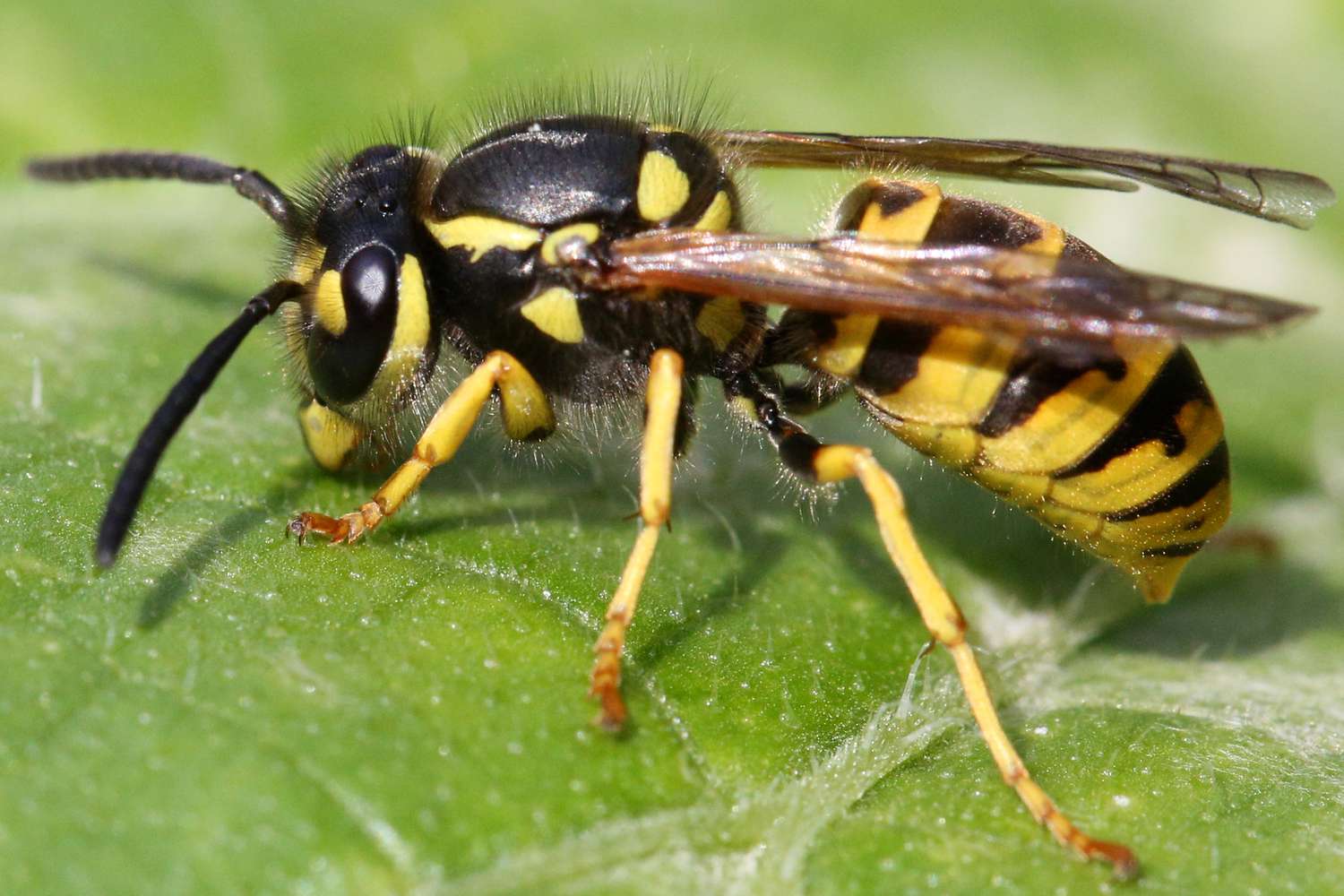
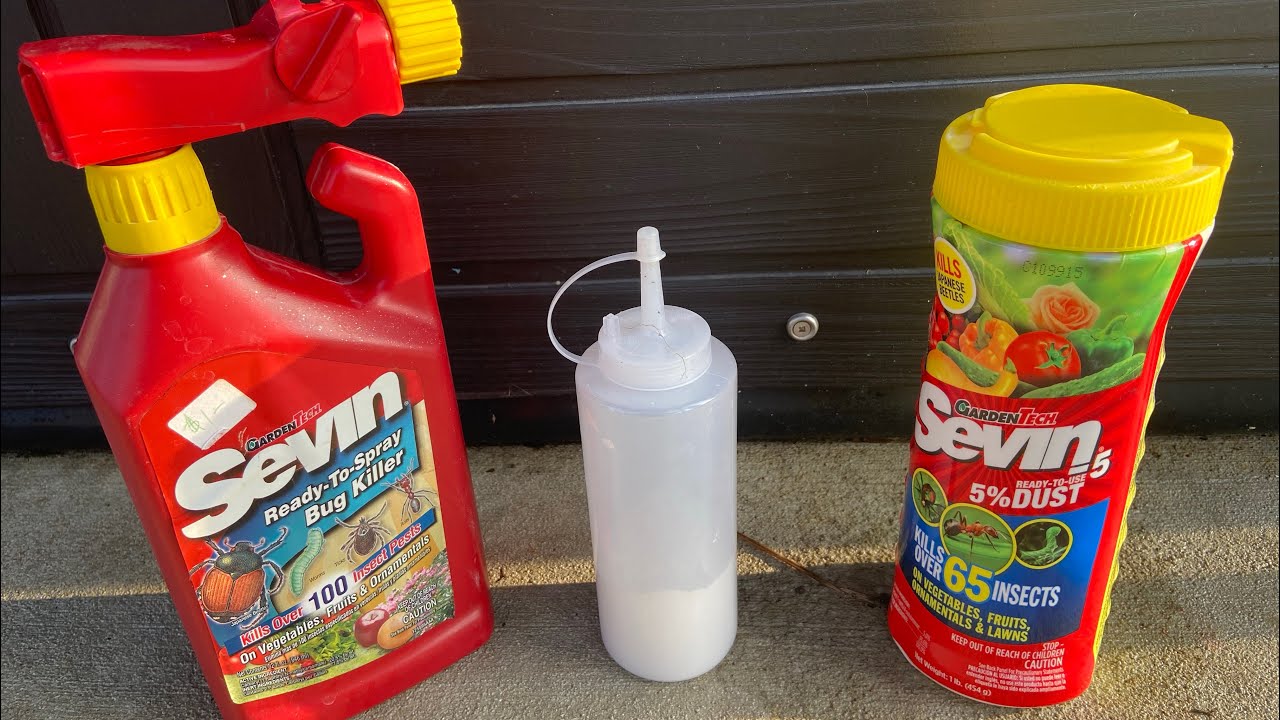
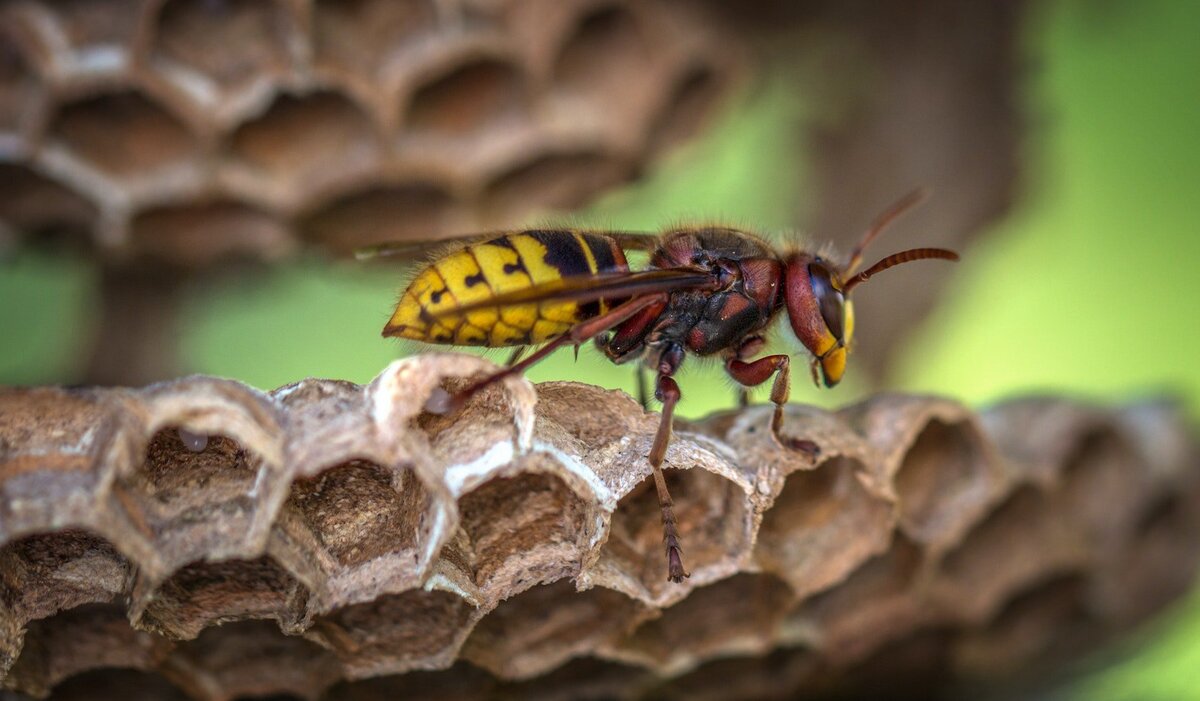
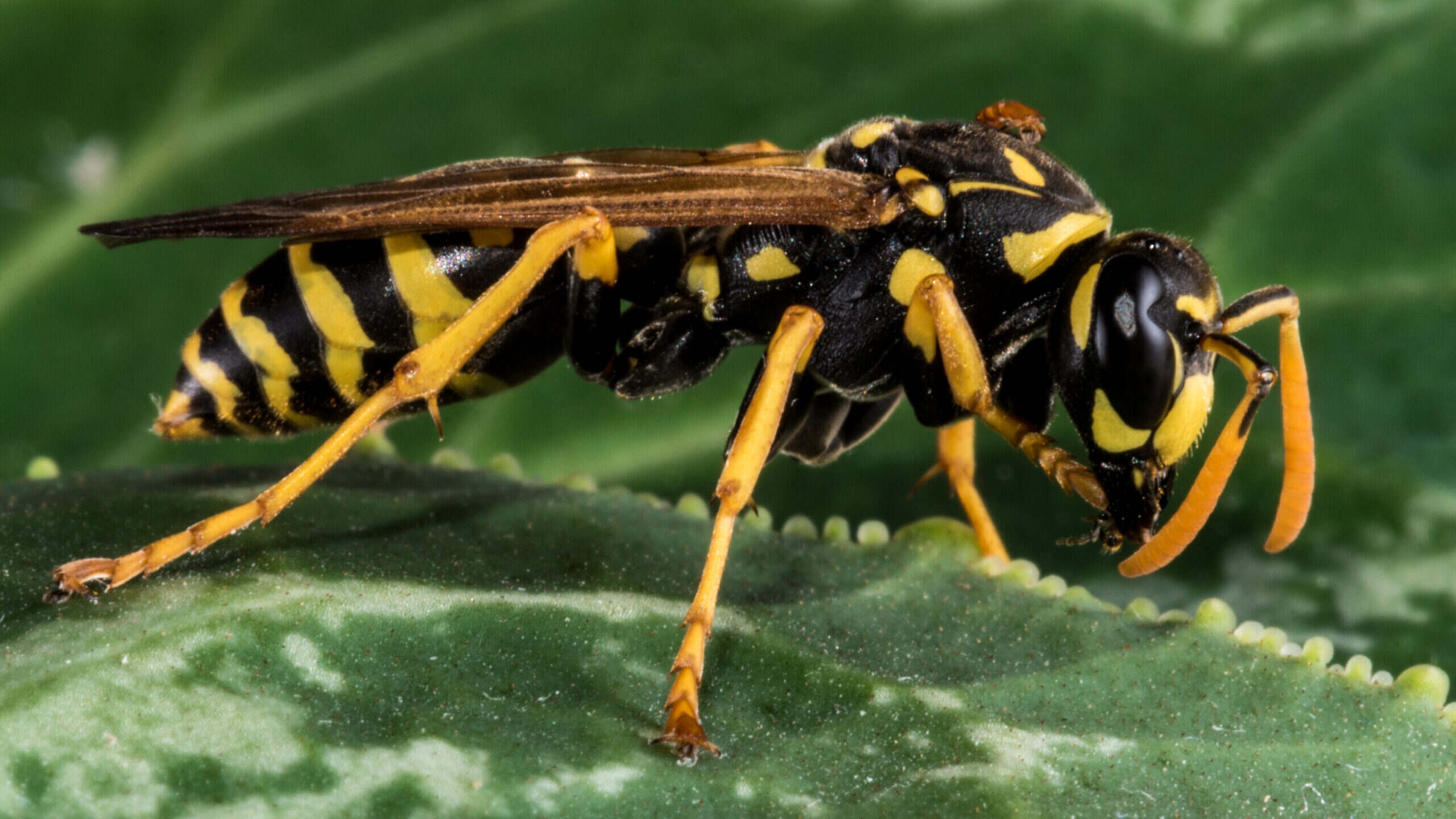


0 thoughts on “What Time Do Yellow Jackets Sleep”